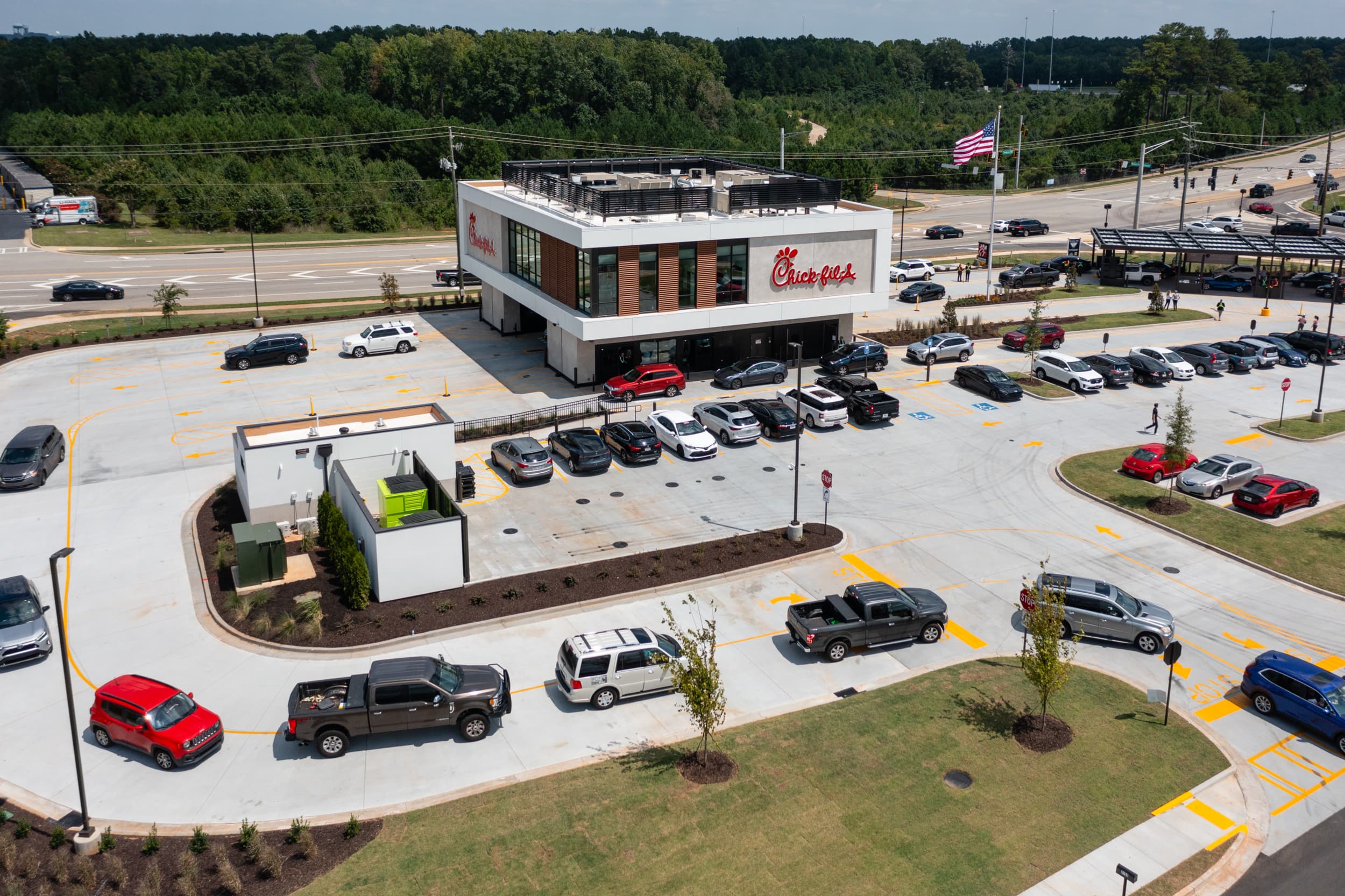Why go-to-market improvement projects fail - #417

For years, I've consulted on go-to-market optimization. The ingredients of these projects are often pretty similar: business process mapping, identifying automation potential, and finagling precision from more-or-less integrated parts of a technology stack. This similarity of ingredients has not been predictive of results: some of these projects work really well, others founder, in states of barely launched, never coming close to completion. Whether the projects succeed is often a completely separation question from whether the business result gets achieved. Seeing an excellent system launch and then diminishing results is the worst outcome. It happens, by I get mystified as to why.
The top article in this week's reading holds a clue. The folks at Chick-fil-A have a business process they need to optimize: the drive-through lane. At lunch and dinner, their restaurants have enormous volumes of people in cars wanting food. All kinds of variables can be changed. The article tells a few anecdotes about how they review performance, change parts of the process, and test brand new ideas. Within the bounds of physical reality, they'll do anything to serve meals. My favorite of their new ideas is a drive-through-only restaurant, where the kitchen is on the second floor and the entire ground level is a series of lanes. Your food arrives on a 21st century dumbwaiter. Many of their approaches mirror my work in software optimization, but two elements differ—constraints and bottlenecks. These differences I think explain why technology-driven optimization goes awry.
First, they can't change absolutely everything. They're working within hard constraints: people want drive-through service, cars take up so much space, the restaurant's acreage is only so vast. These constraints provide the hard boundaries within which real creativity happens. If absolutely everything is up for discussion and can be changed, then your results will be wonky. If the Chick-fil-A people could decide to become a portable IV-infusion center instead of a restaurant ("we provide calories to people at scale"), they'd run out of momentum pretty quickly. In terms of real work, "how do we want to go to market?" is a less inspiring question than "how can we serve 3 more cars per hour in the drive-through?"
Second, their limiting factor is internal, not external. When you have more cars and guests than you can serve at your restaurant, you'll get queues. Their big problem is how to change their operations (from the cockpit in the kitchen to the layout of their parking lot) to serve more people quickly. When the limiting factor is internal, your business process mapping, data collection, automation, and technology are vital to growing your business. However, most businesses do not face gluts of demand. Their limiting factor is external: they could serve more customers if the customers were there, wanting to be served. Go-to-market optimization is designed for changing the internal structure and function of a business to work better. It may indirectly grow the business by converting more leads to customers or more speedily doing so, but changing your internal process doesn't directly cause your business to grow. That takes real selling and real marketing.
This is probably why the easiest business case studies and examples use simpler, real-world, direct-to-consumer stories. Those contexts lend themselves both to understandably clear constraints and they generally have external limiting factors. Go-to-market optimizers need super sharp goals, clear boundaries on what can be changed, and an understanding of where the limiting factors actually exist.
Reading
 Drones and ‘Game Film’: Inside Chick-fil-A’s Quest to Make Fast Food Faster
Drones and ‘Game Film’: Inside Chick-fil-A’s Quest to Make Fast Food Faster
The booming chicken chain aims to reinvent the drive-through process; reducing bottlenecks in the ‘cockpit’
 Revenge of the Ski Bums
Revenge of the Ski Bums
Devotees of Mt. Bachelor are putting together a bid to rescue the ski area — and their way of life — from the titans of the industry.